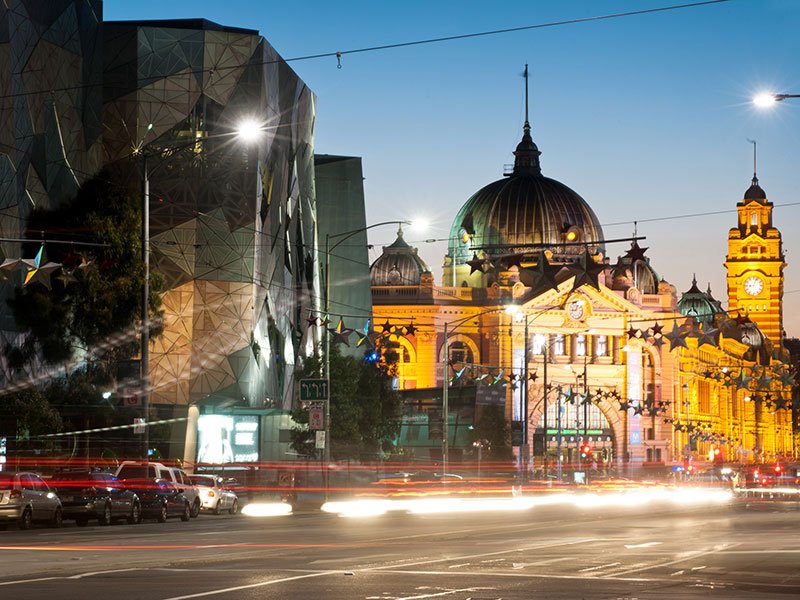Victoria’s new R&D grants scheme has opened for expressions of interest, allowing local businesses to apply for up to $2 million in matched funding for projects that build capability in key industry sectors.
The Industry R&D Infrastructure Fund was created as a new stream under the Victorian Jobs and Investment Fund in the state’s May Budget, with the government committing $15 million this financial year.
It is separate to the $21.2 million Manufacturing and Industry Sovereignty Fund, also funded in the Budget, to support local businesses to access the federal government’s $15 billion National Reconstruction Fund.
The R&D fund, which opened on Thursday, has been designed to complement the Commonwealth R&D tax incentive by providing matched grant funding of between $250,000 and $2 million to Victorian businesses that “perform R&D as part of their operations”.

Grants are intended to incentivise businesses to “invest in new or enhanced R&D infrastructure”, such as measurement instruments, imaging and sensing technologies, testing equipment, and clean room facilities, delivering “broad spill-over benefits” for industry.
“Australian business investment in R&D has been declining for many years and continues to be well below the OECD average. More could be done to lift this performance and drive productivity and economic growth,” the program guidelines, released on Wednesday, said.
The five industry sectors identified in the Made in Victoria: 2030 Manufacturing Statement – new energy, health technology, food manufacturing, defence and aerospace, and advanced technology – will be prioritised, but “other industry sectors and R&D service providers” are also eligible to apply.
All grant applicants will be expected to “show how the project will increase Victoria’s business expenditure on R&D in the medium to longer term”, as well as have an operating presence in Victoria, and at least 20 full-time staff or an annual turnover of more than $1.5 million.
R&D investment activities will need to be completed within 12 months, but the guidelines indicate that there is scope to negotiate project timeliness on a “case-by-case basis”.
Expressions of Interest will close on August 18 2023. The Department of Jobs, Skills, Industry and Regions will then invite businesses to submit a formal application to round out the two-stage application process.
Last month, Australia’s economy was found to be one of the least complex in the developed world, according to annual IMD Competitiveness rankings released that also showed weak cybersecurity, business investment and workforce productivity indicators.
According to the federal Department of Industry, Science and Resources, R&D as a share of GDP fell from 0.48 per cent in 2011 to 0.39 per cent in 2021.
In the 2022-23 financial year, the business enterprise sector invested almost $3.2 billion, behind only the higher education sector ($3.9 billion). Australian government research activities came in at $2.4 billion, while ‘multisector’, which includes CRCs, was responsible for $2.6 billion.
Last week, in response to a question about why Australia spends a third of what Israel does on R&D despite having an economy that is twice the size, Prime Minister Anthony Albanese said Australia needs to “do better”.
“Australia has been good at innovation. Think [the] Blackbox, think Wi-Fi, think the Cochlear implant, think … there’s not a solar panel in the world [that] doesn’t have technology or IP that was from the University of NSW or ANU,” he said after an address to the Australia-Israel Chamber of Commerce in Melbourne.
“What we need to do much better at is to commercialise those opportunities. So yes, R&D we do need to do more on, but we need also to develop mechanisms so that we commercialise them much better in the future.”
Do you know more? Contact James Riley via Email.

